在线看动漫看不了电脑发热怎么办
一、在线看动漫看不了电脑发热怎么办
你好,应该是电脑出问题了,建议您联系售后进行诊断维护。
二、《玩偶游戏》的片尾曲名是?
ed1 「パニック!」(1-39话)
ed2 「DAIJO-BU」(40-74话)
ed3 「PiNCH~Love Me Deeper~」(75-102话)
三、《超次次元游戏海王星重生2》真结局达成攻略 真结局怎么达成
一周目直接碾压任何剧情!!
这次“真”结局进入比较麻烦,刷槽挺可怕,不过算好国家之间加减分配大概一个小时就能搞定了
1.Gear第二章开始去黑,白,绿三国都会有一个问号Event,路人是有语音的,不要漏(各国一个)
这里说下,有人在去完白国回来看到没有Event不知道干嘛的话,就去打开任务列表,有三个剧情任
务,前面有括号括着的,完成三个任务就可以继续进行主线了
2.第四章Nep子加入后就可以着手真结局刷槽了
黑国30%信仰厂商加入,50%信仰Noire加入
白国30%信仰厂商加入,50%信仰Blanc加入
绿国30%信仰厂商加入,50%信仰Vert加入
Ohter槽好像要为0吧,反正就刷到0去,有利无害
“真”结局进入条件是女神都要入队(Nep子是剧情入队)厂商无所谓,前面三个问号Event要看完,以上条件
达成后再把紫国信仰刷到55%以上就可以结束第四章了。
刷槽小技巧:
先刷的第一个国家把Other槽降了,自己国家槽上升,女神加入后第二个国家做任务上升自己的槽,降了第一个国家的槽,以此类推黑白绿三女神很快就能进队了,最后紫国再刷自己槽,降最后一个国家的槽就行了。
四、fc游戏中1up代表什么?
在wikipedia查的,原文见下。简单说来,1UP最早是指多人游戏中为选手记分的区域,表示1号选手正在进行游戏('Player One is up at the machine' )。直到格斗类游戏的出现,1UP被缩写成为1P(拳皇),表示选手的选择。1UP表示“加命”是从supermario流行过来的,clear?
The original meaning of 1UP in multiplayer-capable 1980s arcade games was to mark the player's score area. '1UP' would indicate 'Player One's score', '2UP' would indicate 'Player Two's score'. It was common to show both scores on screen at once, with the high-score area in the middle of the score row.
The precise derivation of the phrase is a little unclear. The literal meaning would seem to be 'Player One is up at the machine' in multiplayer games both 1UP and 2UP were visible at the same time but normally the current player's text would blink on and off. If it were simply an abbreviation for 'Player One' one would expect to see '1P' rather than '1UP'. In any case, for a long period in the 1980s, even in a single player game it was very common to see the score field labelled as '1UP' rather than the more obvious 'Score'.
Extra life
In current gaming console terminology, however, 1-up refers to the acquisition of an extra life during the course of a game.
The inclusion of extra or bonus 'lives', like scoring bonuses, also derives from pinball. In pinball, the player has multiple balls (often three), and plays until a ball is lost in the gutter, at which point the next ball is loaded and the game continues. When all balls are lost, the game is over. Early arcade games took this same play concept, replacing the ball with a 'life'. Extra lives, like extra balls in pinball, could often be earned by scoring a certain number of points, or fulfilling some other complicated in-game condition.
The inclusion of extra lives was very common in videogames from the 1980s on, even in otherwise 'realistic' combat-themed games. The term '1-UP' for 'extra life', however, was not a commonly used term until recently, and then mostly among the console gaming community rather than the PC gaming community.
The 1-Up Mushroom of the Mario series is the most-recognized symbol of 1-Up (in the sense of 'extra life').
One-ups (in the second sense) are very frequent in platform games and common in other action-heavy games. Very often, extra life is literally true. If the player character is killed extra lives allow the player to return, unscathed, for another try. The 1-Up mushroom is frequently used in pop culture as a mascot for people born during the 1980s due to the generation's widespread use of the Nintendo Entertainment System.
The 1-up first appeared in the video game Super Mario Bros. 1-ups are usually collected as items or earned through specific accomplishments. One is usually the ultimate reward, and difficult to obtain. Many games give one-ups as a reward if enough (usually 100) of a certain object can be collected, such as coins (Super Mario Bros.), rings (e.g. Sonic) or diamonds. Also, 1-ups may be given as rewards for high scores. On some occasions the 1-up is surpassed by an even rarer extra continue, which awards a whole new set of lives instead of just one - very much like adding a credit in an arcade game. One-ups often take the form of icons of the main character's head, or other such representations such as dolls, coins, hearts, ankh symbols or mushrooms. A simpler icon of just the letters 1up is also common.
Some games feature items that award more than one life at a time. They are usually referred to as 2-ups, 3-ups, 5-ups, etc., and are often represented by different colored 1-up icons. Confusingly, in some multiplayer games, if Player One receives an extra life, it's displayed as a '1-UP', and if Player Two receives an extra life, it's displayed as a '2-UP', to differentiate between whoever snagged the powerup first. Some games take this further by giving Players One and Two powerups specific to each player, and the other player cannot pick it up.
In some games, a 1-up also awards full health.
If the player loses all extra lives and continues, he suffers a game over.
The use of the term may come from Japanese wasei-eigo. ~ UP (Japanese: ~アップ(碗 那 扑)) means to raise the ability of; to increase. Other examples include Power up (used in Altered Beast), and Ability UP!, used on the cover of some English study books in Japan. This Japanese shortening of English has provided us with another popular gaming phrase, level up; though Dungeons and Dragons aficionados may disagree about the origins of this oft-invoked phrase.

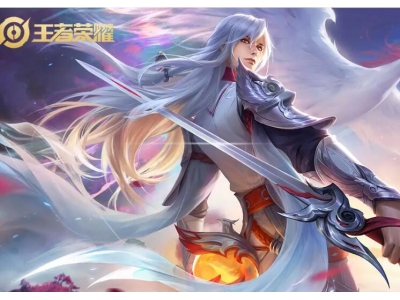

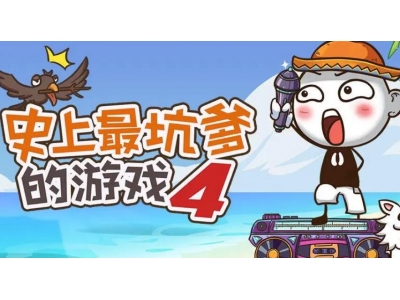






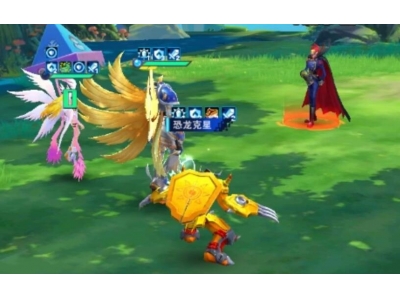
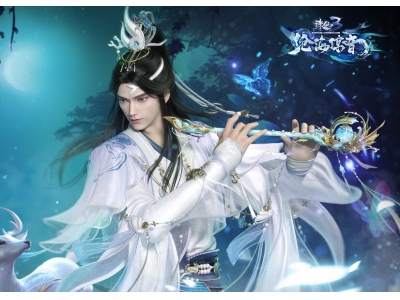
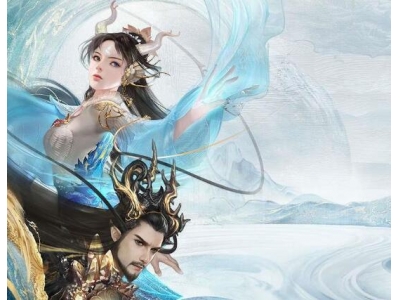



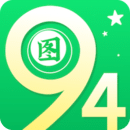





 王者荣耀庄周技能怎么加
王者荣耀庄周技能怎么加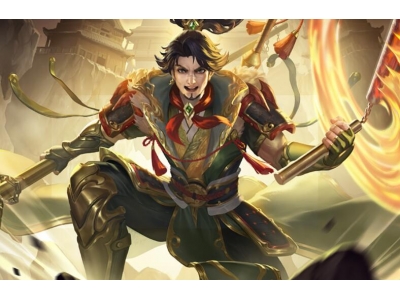 如何评价《三国杀》中的孙策技能设计?
如何评价《三国杀》中的孙策技能设计?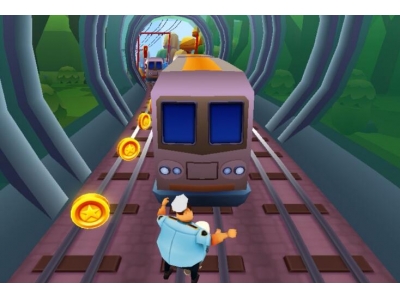 跑酷类游戏大全 十大好玩的跑酷游戏
跑酷类游戏大全 十大好玩的跑酷游戏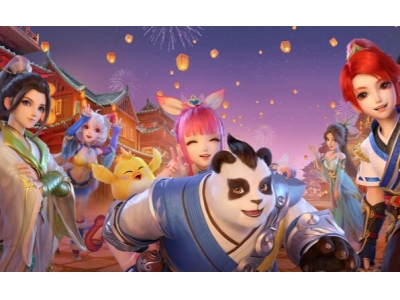 神武4手游各职业分析?
神武4手游各职业分析?